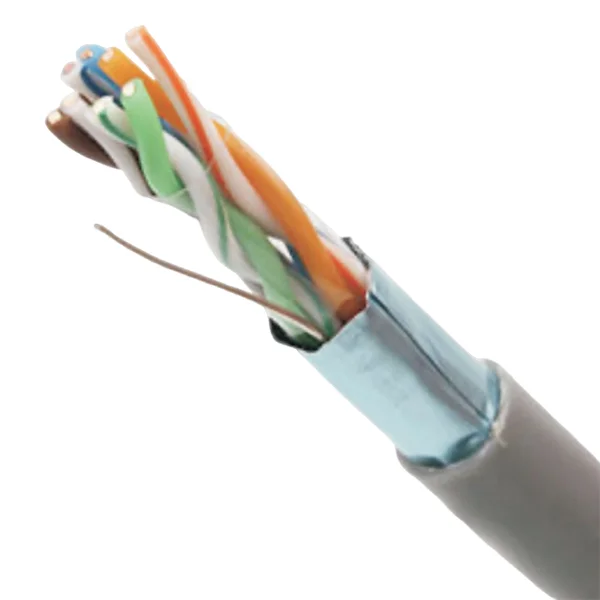Unveiling the Challenges Faced by Satellites: A Comprehensive Analysis
2 min readSatellites have revolutionized the way we communicate, navigate, and observe our planet. These technological marvels orbiting the Earth have become an integral part of our daily lives. However, despite their numerous benefits, satellites encounter several challenges that hinder their optimal performance and longevity. In this blog post, we will delve into the intricacies of satellite technology and explore the key problems faced by these remarkable devices.
- Space Debris and Collision Risks:
One of the most pressing issues satellites face is the ever-increasing amount of space debris. Discarded rocket stages, defunct satellites, and fragments from previous space missions pose a significant threat to operational satellites. The high speeds at which these objects orbit the Earth make even small debris pieces potentially catastrophic, potentially causing collisions that can render satellites inoperable. Mitigating this risk requires advanced tracking systems, debris removal initiatives, and improved satellite design to withstand potential impacts. - Limited Lifespan and Obsolescence:
Satellites have a finite lifespan due to various factors, including fuel limitations, solar panel degradation, and technological advancements. As newer, more advanced satellites are launched, older ones become outdated and less efficient. The challenge lies in managing the transition from older satellites to newer ones seamlessly, ensuring uninterrupted services while minimizing costs. Additionally, developing satellites with extended lifespans and adaptable technologies is crucial to address this problem effectively. - Communication Interference and Spectrum Allocation:
Satellites rely on radio frequencies to transmit and receive signals, making them susceptible to communication interference. The increasing number of satellites, coupled with the growing demand for wireless communication, has led to spectrum congestion. Allocating and managing radio frequencies effectively is essential to avoid signal degradation and ensure uninterrupted communication services. Advanced technologies such as beamforming and frequency reuse can help mitigate interference and optimize spectrum utilization. - Space Weather and Radiation:
Satellites operate in an environment exposed to various space weather phenomena, including solar flares, cosmic rays, and geomagnetic storms. These events can cause radiation damage to satellite components, affecting their performance and longevity. Shielding satellites against radiation and developing robust systems capable of withstanding extreme space weather conditions are critical challenges that require continuous research and innovation. - Cost and Access to Space:
Launching satellites into space is an expensive endeavor, often costing millions or even billions of dollars. The high costs associated with satellite development, manufacturing, and launch limit accessibility to space for many organizations and countries. Finding cost-effective solutions, such as reusable launch vehicles and streamlined manufacturing processes, is essential to make satellite technology more accessible and affordable.
Conclusion:
Satellites have revolutionized our world, but they face significant challenges that demand continuous innovation and problem-solving. From mitigating space debris risks to addressing communication interference and space weather effects, the satellite industry must navigate these obstacles to ensure reliable and efficient services. By investing in research, collaboration, and technological advancements, we can overcome these problems and unlock the full potential of satellite technology for the benefit of humanity.

